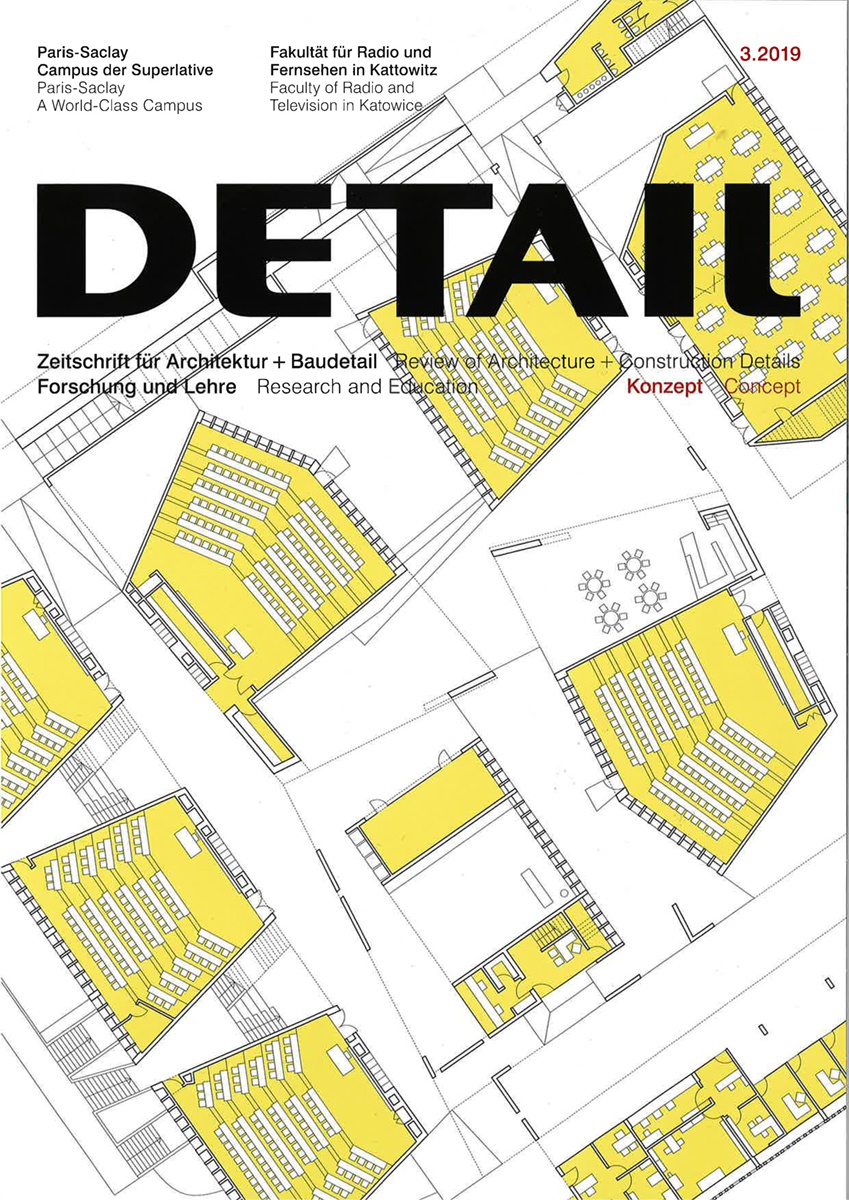Sultan Nazrin Shah Centre - Detail
March 2019
Text Detail
Images Nick Kane
Oxford University has its origins in a monastery dating from 1096. Today, it is one of the most renowned institutions for research and learning in the world. Its independently governed colleges and permanent private halls offer not only study facilities, but also accommodation and leisure activities. On the campus of Worcester College, too, amenities of this kind are on the increase. At the time of it’s foundation in 1714, the college lay on the periphery of the city, yet although the urban areas surrounding it have grown, it has managed to retain its ample open spaces. Old willows line the banks of an artificial lake, where there are grassland orchards and generous sports grounds.
The existing building ensemble has now been complemented by a new lecture hall – the Sultan Nazrin Shah Centre by Níall McLaughlin Architects. The site, in the northern part of the campus somewhat removed from the historical main buildings, is located next to a cricket pitch. Flowing transitions between the landscape and the architecture of the new structure recall an amphitheatre set in a naturally growing garden.
With seating for 150 persons, the auditorium was designed to house lectures, theatre performances and concerts. Daylight falling on the folded soffit of glass-fibre-reinforced gypsum engenders a sense of space. Seating for the audiences is arranged in radial fashion about the stage on oak benches, the curved, ergonomic form of which was developed by experts together with the subsequent users. The same type of wood was also used for the acoustic elements lining the walls of the hall, for the ceiling beams and the room height doors between the foyer and lecture hall. When the doors are open, these two central areas form a single spatial entity; when the doors are closed, there are two separate zones.
For special events, there is a bar in the foyer, also in oak. The spatial programme is rounded off by seminar spaces, open study areas and a gym. Some internal walls are painted off white; others are lined with timber boarding or clad with a regional sandstone, which was also used for most of the façade. The warm colour tones contribute to the welcoming spatial atmosphere.
The architectural concept sought a dialogue with the environment; for example, windows extending down to the floor afford views of the external sports area, the stock of tall trees and the neighbouring buildings. The stairs between the foyer and the sporting areas are also meant to be a place where people can congregate; and the existing lake has been extended by two further basins that bring water right to the building.
